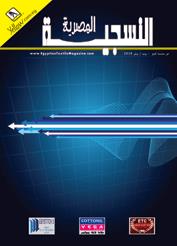Innovative Technical Textiles for Water ManagementThe Development of Textile Fabrics for the Procurement of Water at ITV Denkendorf / Germany

The provision of drinking water turns out to be one of the great challenges of the future. Currently, about one billion people have no access to the essential wet – a problem that mainly is evident in the developing countries.
Here central water supply systems normally cannot technically and logistically be realized or the connection of remote settlements on islands, in isolated bays or higher regions is uneconomic.
For thousands of years nature has been managing on its own as regards the safeguarding of the survival of plants and animals in dry regions – by the procurement of water from the humidity of the air. In extreme desert areas especially often amazing complementary mechanisms are active in order to wrest the essential elixir. They are useful models for a corresponding technical implementation.
The development of functional products for the procurement of drinking water from fog without energy supply is the aim of a current project at the Institute of Textile Technology and Process Engineering (ITV) Denkendorf. Details about the bionic implementation are comprehensively given in the following – from the research and construction of suitable textile fabrics to lab trials regarding material analysis up to the first field trials.



.

